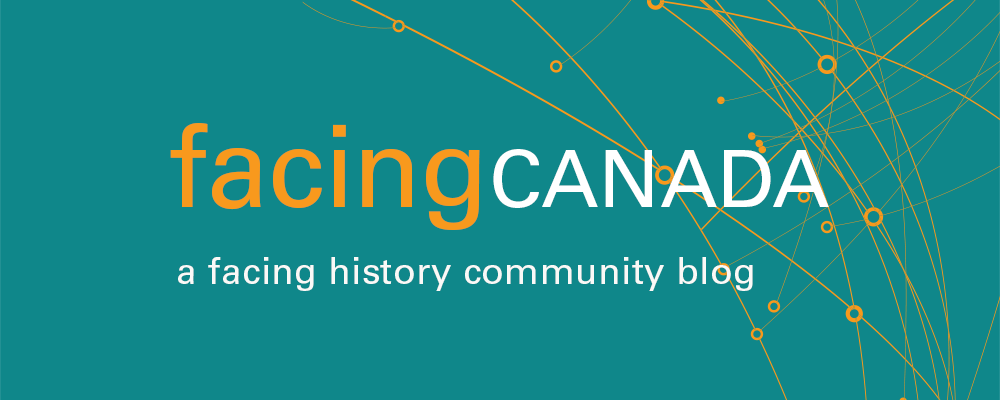In “Culturally Relevant Pedagogy: Ingredients for Critical Teacher Reflection,” Tyronne Howard notes the importance of finding ways to address the growing heterogeneity of our students cultural needs to “construct pedagogical practices that have meaning to students’ social and cultural realities,” (195-6). Literature Circles are a model that I used, which I have found to be an effective tool for engaging students using differentiation. The diverse nature of my classroom, which is common for an urban school, makes it is difficult to find a single text that will engage each student in the classroom. Since those students who do not engage and read their texts are traditionally the least successful, it is important to try and find materials they will.
Choosing the Texts
As I have a limited amount of [guaranteed] face-time with my students, I narrow the literature choices down based on previous interest, grade and level. By example, at my school, in our Grade 12 College English class, we offer students the selection of Red Scarf Girl, The Absolutely True Diary of a Part-Time Indian, Night, and I Am Legend (we recently included a fifth option, Things Fall Apart). Each title is a personal narrative that follows similar themes (including isolation, hope and despair, conceptions of the other and being ‘othered’, etc), many demanding, per James Banks’ “Approaches to Reform,” considerations of the question “What actions should we take to reduce action and discrimination?” (75).
In selecting the text, Facing History and Ourselves is a great resource. Given our school's limited budget, I have not always been able to order class-sets of each book. Through Facing History, each term I order a small set of texts like Red Scarf Girl, to supplement our selection and expand choice and relevancy. In searching Facing History's resources, it is quickly apparent that there is a wealth of resources that support a diversity of culturally relevant designs!
Having established the options, rather than having students choose a text ‘blindly’ (i.e. with a limited amount of information on each), I have students, at the end of our first unit, write a proposal listing their top two choices. As the first unit is primarily review, students have had the chance to revisit basic concepts of literary structures (character, theme, etc). With these in mind, they are tasked with conducting some research on the narratives to strengthen (and give ownership to) their selection, for which they write a formal proposal (explicit instruction on how to construct a proposal is given). Based on their proposals, students are then given their texts.
Organizing the Circles
I place students in groups of 4-6 (depending on the numbers who have selected each text). There are many ways to organize the literature circles (see, for example, Read, Write, Think). I prefer to have a leader, time-keeper, recorder (and when relevant, a presenter). As attendance is always an issue, I remain flexible in the assigning of roles from day to day, but I do expect each student in the group to fulfill each role before the end of the unit and complete a peer and self-assessment on the performance of said role (see ‘Leader Guide’).
In class, all formative assessments and text reviews are completed as a group, though evaluations remain individual. I have found the use of big paper very useful in organizing and delivering group tasks (see sample use of tabloid sheet).
While the nature of literature circles requires that much of the work be generic, Facing History offers a wealth of resources (see Night or Red Scarf Girl study guides) to help individualize each circle’s tasks to their respective narratives, making the preparation for organizing and facilitating multiple-text literature circles much easier for the teacher.
Transformative and Social Action Tasks
When seeking to address issues of CRRP, the resources and texts provided by Facing History and Ourselves help us achieve Banks’ continuum (see "Integrating CRRP and Facing History and Ourselves" for overlap of Banks’ continuum with the Facing History's Scope and Sequence). With the right texts, not only do we create more opportunities to engage our students, we also make it easier to design Transformative (Banks) / Judgment, Memory & Legacy (Facing History) lessons and activities. For instance, having student's write a résumé for a character in the one of the above texts asks students to understand and empathize with a character surviving a traumatic experience. Furthermore, having students create a response, such as a VLOG, in response to an issue in one of these texts supports the Social Action (Banks) / Choosing to Participate (Facing History) stages of instruction.
How have you used literature circles to reach inner city students? Please share in the comment space below.

